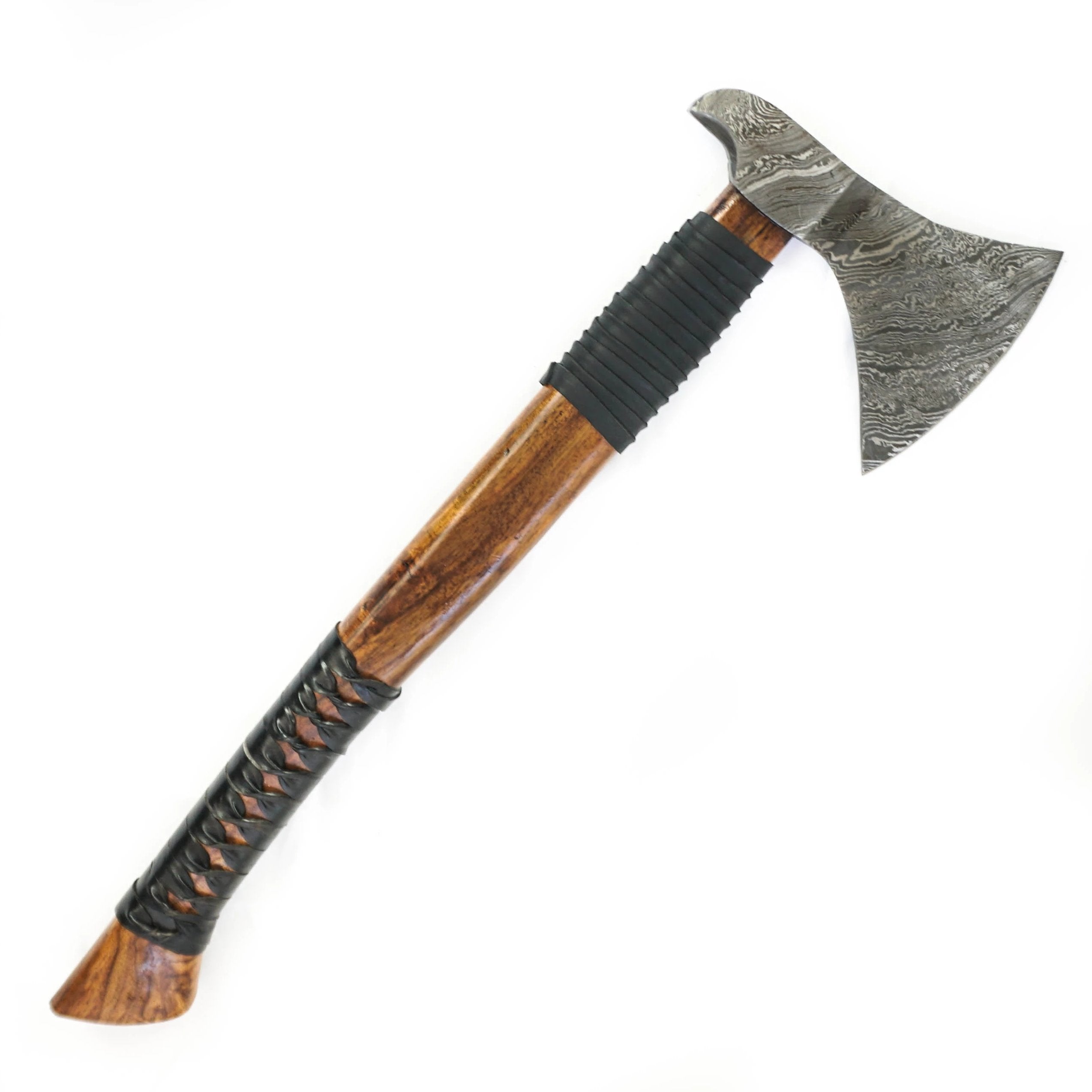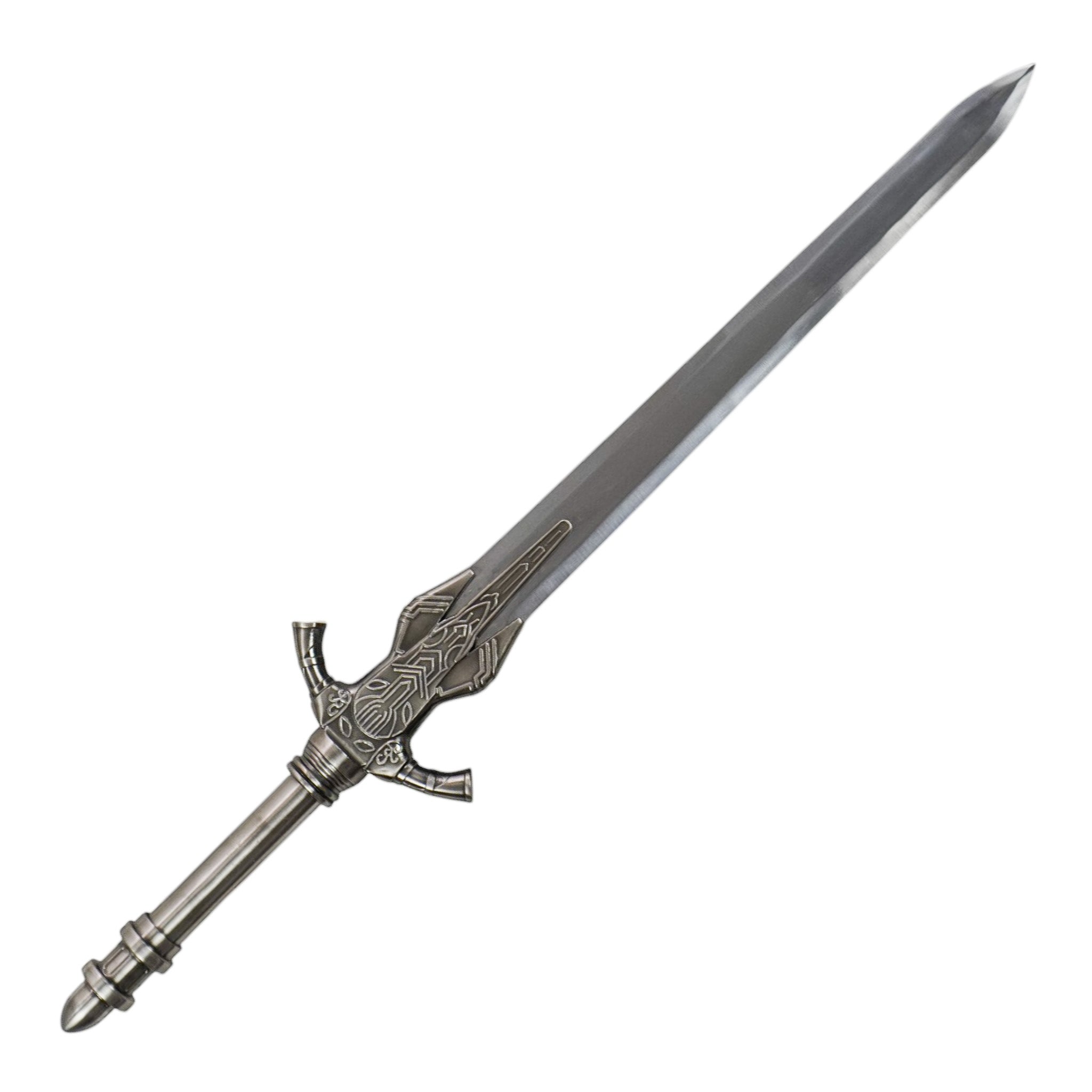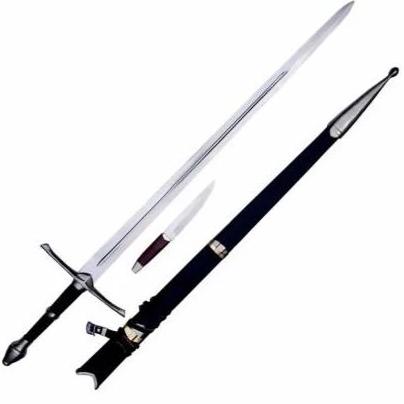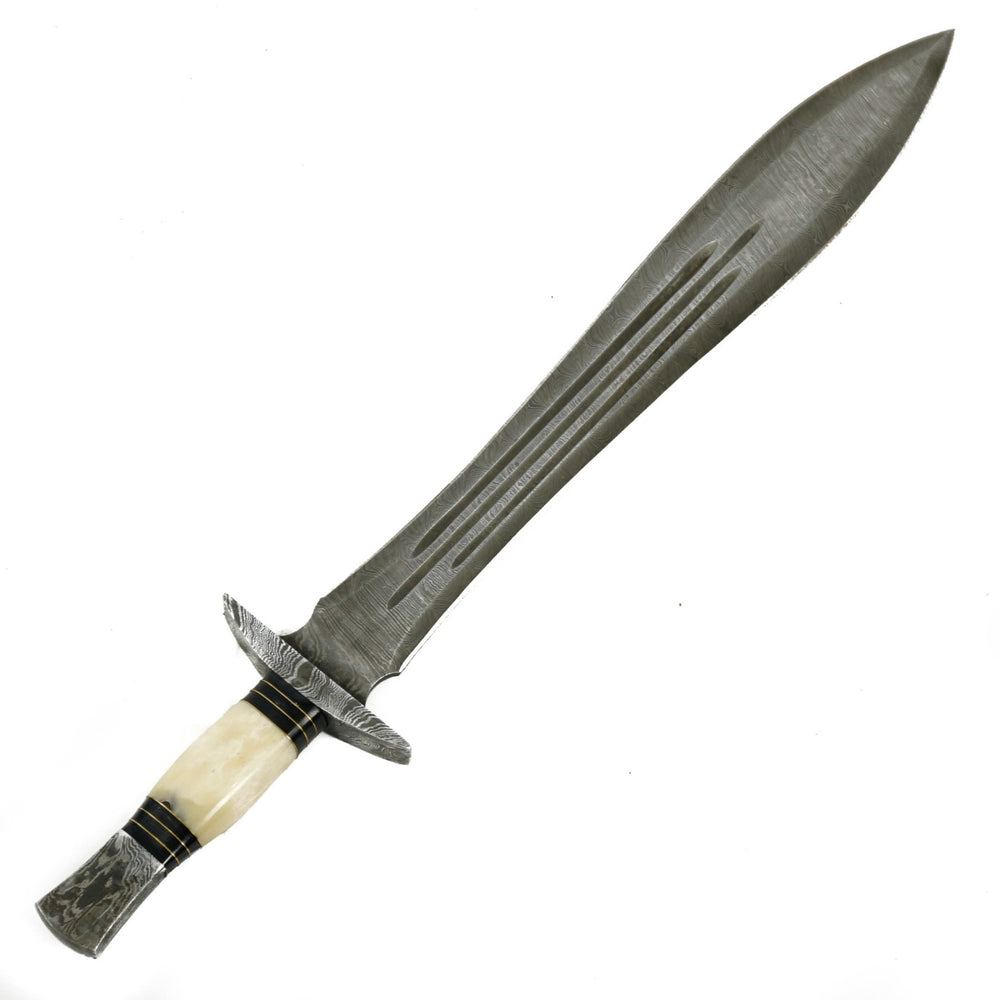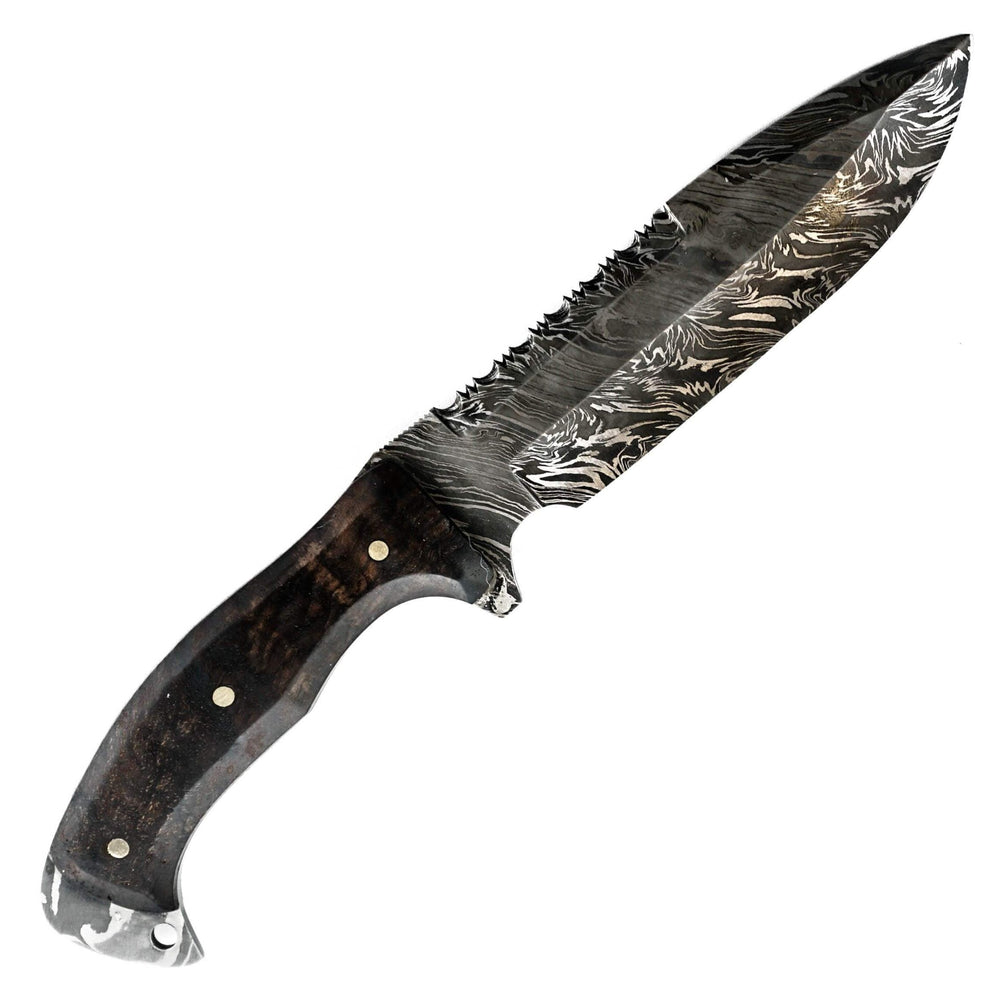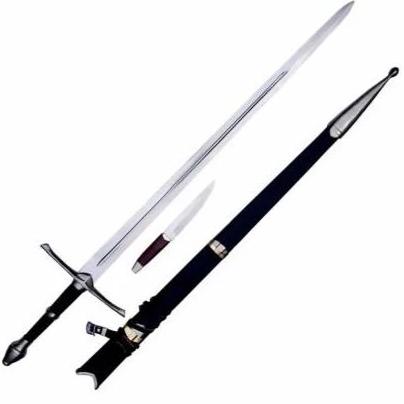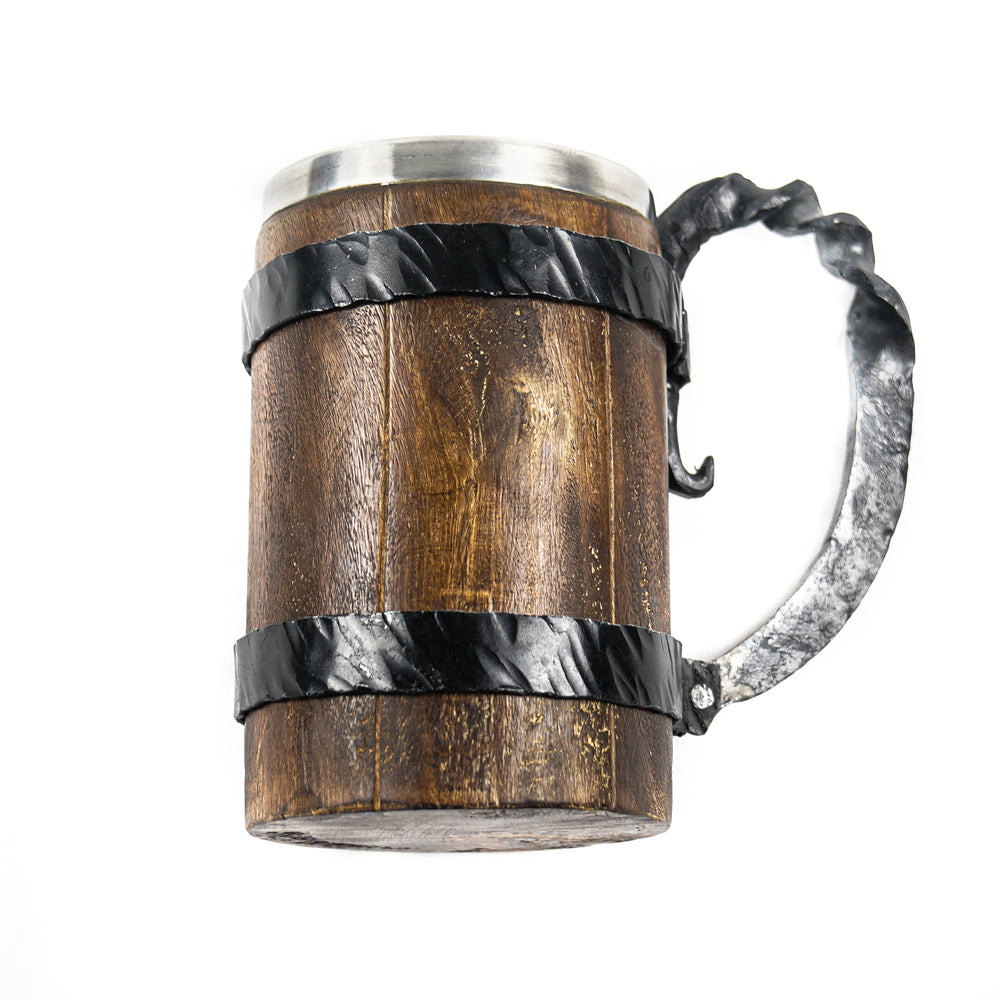Discovering The Rapier Swords: Exploring Their History, Types, And Uses
Blade swords are the most charming and notable weaponry in humanity's set of experiences. These slim swords are outwardly shocking. However, they likewise have a rich and lovely rapier history that makes them all seriously interesting. The rapier sword is a genuine image of solidarity and power utilized by everybody, from gifted duelists to pirates.
In this article, we will jump profound into the universe of rapier blades, covering their extraordinary history, various assortments, and commonsense applications. If you are a sword lover, this top-to-bottom aide provides you with abundant information and bits of knowledge.
So sit back, get some tea, and prepare to set out on an excursion with Battling Blades that will take you through the blade-making universe!
Beginnings And Advancements In The History Of Blade Swords
It is generally accepted that the origins of the rapier sword may be traced back to the latter part of the fifteenth century. Initially, it was advertised as an ordinary citizen sword designed for self-defense against other individuals rather than engagements in combat in a battlefield setting.
The rapier sword descended from its forebears, the stock, a pushing sword designed for use against highly dressed opponents, and the side sword, a cutting and pushing sword. The edge of the blade sword was initially designed to be row-edged and was intended to be used for making.
However, over time, it evolved into having a more sophisticated grip to consider better handling and a wider variety of attack techniques.

Renowned Status During The Period Of The Renaissance
During the Renaissance period in Europe, the rapier sword became highly commonplace. As a result, it came to be seen as a symbol of the aristocratic class and the supposed elegance of its members.
It was considered an essential component of a nobleman's wardrobe and eventually supplanted the longsword as the preferred weapon for use in duels.
As a result of its association with daring privateers, retainers, and even writers during that period, the rapier sword became a notorious weapon. This added to the dagger's prominence during that era.
Implications For The Existing Fencing
The widespread use of the blade sword in fencing, a cutting-edge sport that directly resulted from the weapon's popularity. The norms, methods, and systems of the game were refined with the help of fencing techniques. They developed around the use of the rapier sword and its application in dueling.
The dueling culture of the Renaissance time frame is the progenitor of modern fencing competitions. These involve utilizing a variety of knives, including the dagger, and adhering to stringent safety requirements.
Collections Of The Rapier Swords
Depending on the design of the blade and the way it deals with its attributes, various types of dueling swords exist. The following components make up the Italian rapier, often known as the temporary sword:
- A rim that gently closes in on itself as it approaches its point
- A tricky grip on the object
- Because it has such a slight cutting edge, it is excellent for pressing
The Spanish dagger, also known as the cup-handle sword, has a shorter but sharper edge than its counterpart, the cup-handle sword, as well as a wider border and a wide blade rapier.
The French little blade is a later form of the dagger that features an edge that is even sharper and longer than the traditional dagger. It is intended to be used for precise thrusting.

Differences In Terms Of Size, Mass, And Layout
The planned usage of the dagger, the level of knowledge of the customer, and the geographical region all played a role in determining rapier size, weight, and configuration. Rapiers came in a variety of formats. Some rapier swords had shorter sharp edges and were designed for close-quarters combat. The others had longer sharp edges and were designed for battle at a more excellent range.
Both types of daggers were used in combat due to the rapier dimensions. The weight of the blades varied, with some measuring up to three pounds and others weighing less than a pound. This made it easier to manipulate and relocate the blades as they were lighter overall.
In addition, the design of the pointed edge, the grip, and the handle varied, with some incorporating complicated and intricate patterns, while others were simpler in their execution.
Variations In The Rapier Swords Across The Provinces
There were regional differences in the rapier swords, with each region adopting its distinct style due to the different types of rapier hilts. For example, the Spanish sword was vast and powerful and designed to ward off and defend against attacks.
The Italian rapier featured several different projects and emphasized the intricacy and delicacy of its design. Because of its pinpoint accuracy, low weight, and ease of maintenance, the "little blade," a later variant of the sword, rose to prominence in France in the seventeenth and eighteenth centuries. This was due to the tiny blade's evolution from the sword.
On the other hand, the English dagger resembled the Spanish sword in appearance but featured a more considerable cutting edge designed for slicing and pushing rather than thrusting.
Design And Construction Strategy For The Rapier Swords

Components Used In The Manufacture
Blade swords were designed to provide a swift and deft execution for the fencer, who could coordinate their movements. To achieve this goal, the razor-sharp edges were fabricated from high-carbon steel, which was then tempered to increase the material's hardness while maintaining flexibility.
The grip or handle of the blade was often crafted from metal or a copper composite, and it included a hold encircled by wire or cowhide. This provided the user with a reliable and long-lasting grip on the blade.
Components Of The Cutting Edge Of The Sword
The cutting edge, the handle, and the knob are the three most essential components of a rapier sword. The cutting edge was often long and thin, including a jewel-shaped cross-segment that became increasingly narrow towards the tip.
The grip of a bladed sword incorporated the quillon, a gatekeeper that safeguarded the client's hand, and the knuckle bow, which was joined to the quillon to give extra security. At long last, the handle was connected to the furthest limit of the grip to adjust the sword and provide a stabilizer for the edge.
Rapier Swords Distinction
The rapier swords can easily be distinguished from other types of edges due to their unmistakable plan features. These include slender profiles, long, sharp edges, jewel-molded cross-segments, and intricate hand watches that convey style and common sense.
Unlike a few swords, rapier swords were explicitly intended for pushing, instead of cleaving or hacking, considering more prominent accuracy and control in battle.
Utilization Of Blade Swords In The Correct Manner
Dueling And Fighting For One's Survival
During the Renaissance, dueling was a popular form of competition, and blade swords were frequently used. As a result of the swiftness and coordination required to utilize a sharp edge effectively. With the level of knowledge required to wield it, some nobles and men of honor gravitated toward using it as their primary weapon.
Its notoriety for use in dueling competitions inspired other people to put it to use for legitimate purposes, such as protecting individuals in potentially hazardous situations.

Use In The Military
Blade swords were also used in military actions, particularly as an additional weapon for a warrior, who would save its use for close combat if the situation warranted it. Blade swords were known as "blade swords."
After the War of the Thirty Years, sword fighting skills, including its thrusting techniques, started to be deployed more frequently in military settings. Eventually, the saber became seen as the primary weapon choice for rangers.
Assaults With Weapons And Rigorous Fencing
Recently, the rapier swords have become commonplace in brandishing and cutthroat fencing. Fencing requires an extremely high level of control and precision, hence fencers use blades with sharp edges that are both flexible and versatile, and that can be easily bent. The tips of the swords are often modified for safety, and electric-appointed authorities grade them based on how they feel when touched.
Competitions in sport fencing are governed by precise rules and cut by contacting an opponent. The International Fencing Federation (FIE) is the governing body that establishes the rules and regulations for competitive cutthroat fencing, a popular sport for over a century.

Maintenance And Upkeep Of The Rapier Blades
Suitable Capacity For Rapier Blades
It is essential to ensure that rapier blades have the suitable capacity to prolong their useful life and avoid injury. Keeping blade swords in a dry, cool place and out of direct sunlight is the perfect method to store them.
The cutting edges need to be stored in a secure location that prevents them from coming into touch with other sharp edges or items that are themselves sharp and could potentially cause injury.
Using a wall-mounted sword rack, which is aesthetically pleasing and keeps your blade sword secure while allowing it to be easily accessed, is an excellent solution for storing your blade sword.
Maintenance Methods
It is essential to do routine maintenance on your blade sword to keep it in the best possible condition. It is recommended that after each use, the sharp edge be cleaned with a soft material and oil to prevent corrosion. This will help the edge remain in good condition for as long as possible.
Additionally, the handle needs to be cleaned and wiped down regularly to prevent the accumulation of dirt and grime. If the handle becomes detachable, it must be reattached as soon as possible before it causes damage to the blade.
Implementing the correct upkeep techniques will keep your sword in pristine condition and ensure that it is safe to use and will last for many years.
Preserving Rapier Swords
Swords with blades are works of art and valued possessions that can be passed down from generation to generation. The genuine care and maintenance of these swords are necessary to keep them in pristine shape so that people in the future can enjoy them. The safeguarding system includes ensuring that the blade is stored in the appropriate location and that attention is directed toward it.
Additionally, it is essential to treat the edge with reverence and employ it for the activity for which it was designed.
The accurate documentation of the rapier history, including its origin, ownership, and any significant events it may have been involved in, is an essential component of conservation. This documentation should include the blade's origin and any previous owners.
A rapier sword that has been carefully preserved throughout the years has the potential to become a significant heirloom for the family and a long-lasting confirmation of history.

The Bottom Line
The rapier sword stays an image of complexity, polish, and skill in edged weaponry. With its unquestionable notoriety in the late Renaissance period and proceeding with impact in current fencing and stage battle, it has turned into a characterizing element of Western hand-to-hand fighting.
Battling Blades rapier blades have a spellbinding history that traverses hundreds of years and a rich assortment of structures that are similarly entrancing to study. From the more extensive edges of the momentary time to the tight and exquisite styles of the late seventeenth 100 years, every variety recounts an extraordinary story of the changing patterns in sword plan.
Besides, the blade sword's applications stretch a long way past that of a simple weapon as it has come to epitomize the social and creative importance of a couple of different articles.
Whether utilized as a device for self-preservation, an image of status and refinement, or a road for sportsmanship, the rapier sword ceaselessly does right by being a significant demonstration of humanity's resourcefulness and inventiveness!

